Seonyudonggyegok Valley (선유구곡(선유동계곡))
.0M 2021-07-29
179, Seonyudong-gil, Goesan-gun, Chungcheongbuk-do
+82-43-832-4347
Seonyudonggyegok Valley is located in Goesan-gun, Chungcheongbuk-do Province. Including Seonyudongmun, the playground for the mountain gods, a total of nine valleys form the area: Gyeongcheonbyeok, Haksoam, Yeondallo, Waryongpok, Nangadae, Gigugam, Guam, and Eunseonam.
Seonnyudonggyegok Valley is famous for the legend that mountain gods came to savor fresh mountain spring water. A renowned geographical account, Taekriji, published in 1751, stated that Seonyudonggyegok Valley boasted some of the best scenery. One of the most eminent Confucian scholars of the Joseon dynasty, Lee Hwang spent nine months in this beautiful valley. He gave names to all his favorite places, which still remain to this day.
Ssanggok Valley (쌍곡구곡)
5.9Km 2022-08-31
242, Ssanggok-ro, Chilseong-myeon, Goesan-gun, Chungcheongbuk-do
+82-43-542-5267
Ssanggok Valley, which is located in Chilseong-myeon, Goesan-gun, is 10.5km long stretching from Ssanggok village to Jesurijae.
The valley is surrounded by Bobaesan Mountain, Gunjasan Mountain and Bihaksan Mountain and clear water flows all year down the walls of a series of unique rock formations.
Thanks to its scenic beauty, many Confucian scholars used to visit here to enjoy literature and nature.
Ssanggok Valley is composed of nine valleys and each has its own unique atmosphere.
The first valley, Holongso, flows into a swamp area with many old pine trees nearby creating a picturesque view. The second valley is called Sogeumgang and it is said that its appearance changes with every season. Tteokbawi (rice cake rock) Valley gets its name from the shape it takes on, which is like a sliced rice cake. Similar to the first valley, Munsuam Valley, the fourth valley also has water flowing over uniquely shaped rocks with many old pine trees and flora. The fifth valley has quite a view of parallel rocks on both sides, while the sixth valley offers magnificent vistas of water flowing into a pool formed by the rocks. The water cascading down a huge boulder is said to look like the pleats of a woman’s skirt unfolding at the seventh valley. The eighth valley gathers water into a pond shape from the waterfall; legend says that fairies bathe here. The ninth valley is wide and refreshingly cool even during the hottest summer months.
Gallongyegok Valley (갈론계곡)
6.0Km 2024-02-26
547, Chilseong-ro 10-gil, Chilseong-myeon, Goesan-gun, Chungcheongbuk-do
속리산국립공원 북부에 있는 깊은 계곡이다. 신선이 내려왔다는 전설과 7마리의 학이 산다는 전설의 바위가 있고, 숲이 우거져 있다. 유리알같이 맑은 계곡이 곳곳에 비경을 만들고 있으며 물놀이하기에도 좋은 곳이다. 입구에 있는 산촌체험관에서는 숙박이 가능하다.
Mungyeong Seonyudonggyegok Valley (선유동계곡(문경))
6.8Km 2025-10-23
Wanjang-ri, Mungyeong-si, Gyeongsangbuk-do
+82-54-550-6392
Seonyudonggyegok Valley in Mungyeong is longer and more beautiful than the valley of the same name in Goesan. Daeyasan Mountain (931 meters) runs across both valleys, which are 10 kilometers apart from each other. The valley is relatively untouched as it is not yet well known to the public. At the beginning and the end of the trail are Hakcheonjeong and Chirujeong Pavilions, respectively. Both sides of the valley are lined with thick forests of ancient pine trees. A number of stone carvings can be found in the forest, and the most famous one reads “Seonyugyegok.” It was written by Choi Chi-won, a leading scholar of the Silla kingdom.
Daeyasan Yongchugyegok Valley (대야산 용추계곡)
6.9Km 2021-02-16
Gaeun-eup, Mungyeong-si, Gyeongsangbuk-do
+82-54-550-6414
Yongchugyegok Valley is considered the most majestic among the eight scenic views of Mungyeong. The valley is locating along the rocky foothills of Daeyasan Mountain, bordering Goesan-gun, Chungcheongbuk-do. According to legends, this valley was where two dragons soared into the heavens and their traces still remain on the two huge granite rocks. The valley is also known to have a pool of water that never dries up, and people of the past would come here to pray for rain at times of drought.
Daeyasan Mountain (대야산)
7.4Km 2024-02-22
Gaeun-eup, Mungyeong-si, Gyeongsangbuk-do
Daeyasan Mountain is a stunning peak standing at an elevation of 931 meters within the confines of Songnisan National Park. It boasts picturesque valleys, including Seonyudonggyegok Valley and Yongchugyegok Valley. Among the notable attractions within Yongchugyegok Valley is the Yongchupokpo Falls, characterized by its three-tiered cascades, with a unique heart-shaped pool formed amidst the milky-white granite. After a 20-minute ascent from Yongchu, visitors can experience the breathtaking sight of moonlight reflecting off the rocks and the valley, known as Woryeongdae.
Sanmagi Old Trail (산막이옛길)
9.3Km 2024-02-15
88 Sanmagiyet-gil, Chilseong-myeon, Goesan-gun, Chungcheongbuk-do
+82-43-832-3527
Sanmagi Old Trail in Oesa-ri, Chilseong-myeon, within Goesan-gun of Chungcheongbuk-do, stretches over a picturesque 3.93 km. It connects to the serene Sanmagi Village, nestled in the mountains. This trail has been thoughtfully restored, tracing contour of an ancient road, a faint remnant of times gone by. Offering stunning vistas of mountainous terrain, flowing waters, and lush forests, the trail represents one of the most enchanting aspects of Goesan’s landscape. Its true value lies in the unspoiled natural ecosystem preserved around the dam. The old mountain path, gently redeveloped with eco-friendly techniques alongside the Goesan Dam, harmoniously complements the tranquil waters of the dam’s lake, presenting a glimpse of Korea’s natural splendor. A walk along this trail, with the scent of the forest and the soft caress of a river breeze, invites a profound connection with nature in its purest form..
Goesan Natural Dream Park (자연드림파크(괴산))
9.8Km 2025-10-24
240 Jayeondream-gil, Chilseong-myeon, Goesan-gun, Chungcheongbuk-do
Featured in movie "Honey Sweet," where V&B Research Center, a place Researcher Chiho worked, was filmed. The park features an eco-friendly agricultural restaurant, cafe, beer bar, singing room, sauna, bowling alley, arcade, billiards, movie theater, and hotel. It's a cultural hub that offers craft workshop tours, inspection center tours, and experience programs such as healing culinary sessions and crafting your own souvenirs.
Songnisan National Park (Gyeongbuk Section) (속리산국립공원(경북))
10.3Km 2021-05-14
Hwabuk-myeon, Sangju-si, Gyeongsangbuk-do
+82-43-542-5267
On Songnisan Mountain is a rock summit 1,054 meters above sea level called Munjangdae Peak. The peak is so broad that 50 adults can sit on it at the same time. Among the rocks there is Seokcheon Pond, which never dries up. The peak used to be called “Unjangdae” because the summit is always covered with clouds and mist. Legend says that King Sejo of Joseon dynasty supposedly recited a poem on the summit.
Munjangdae has a great view of Cheonhwangbong Peak, the highest peak of Songnisan Mountain. Visitors can also see Gwaneumbong, Chilseongbong, Sirubong, Tugubong, Munsubong, and Birobong peaks. In autumn, visitors can enjoy views of breathtaking fall foliage along the trail, which begins at Hwabuk-myeon, Sangju. There are also many cultural heritage sites including Janggakpokpo Falls, Seongbuksa Temple, Osongpokpo Falls and Gyeonhwonsanseong Fortress.
Goesan Historic House of Song Byeong-il (괴산 송병일 고택)
12.9Km 2024-02-15
17 Cheongcheon 4-gil, Cheongcheon-myeon, Goesan-gun, Chungcheongbuk-do
This dwelling is a well-preserved example of a traditional Korean house built in the late 19th century, a relic from the era of the Joseon dynasty. It offers insight into the architectural design of the period as well as the domestic life of the Joseon aristocracy. The house also bears historical significance as the residence of the descendants of Uam Song Siyeol, a prominent Neo-Confucian scholar of the dynasty. The layout features distinct sarangchae (the men's quarter) and anchae (the women's quarter), with a gate and a storage facility for essential supplies situated between them. This set up offers visitors an authentic experience of the Joseon dynasty’s traditional household structures. Encircled by a tranquil forest, this old house transports visitors to a time long past..
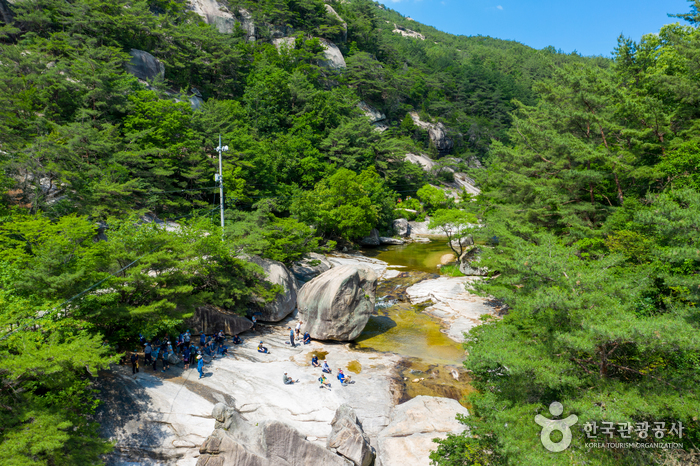
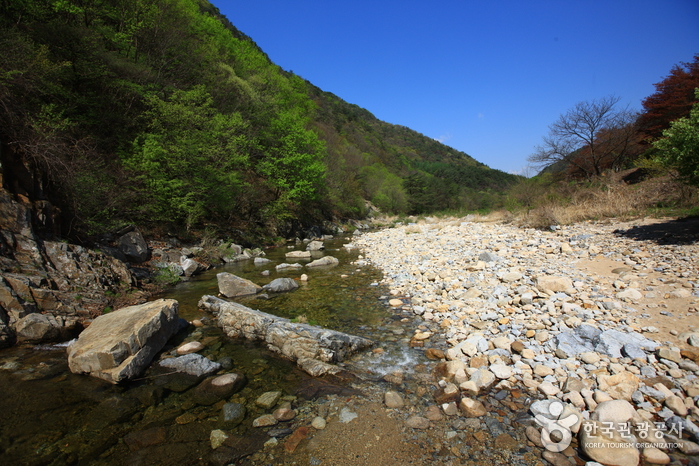
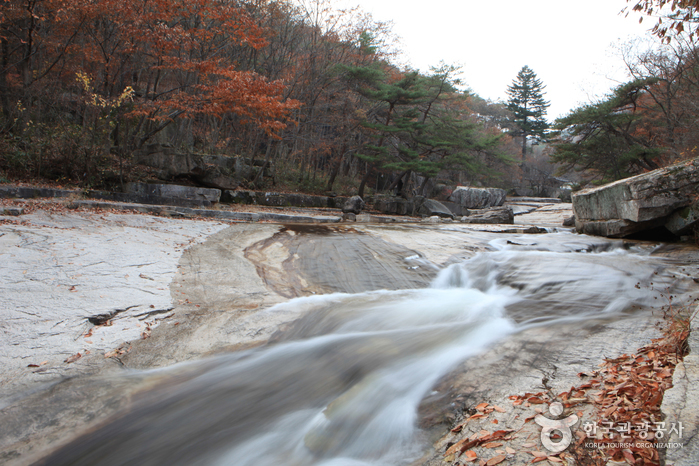
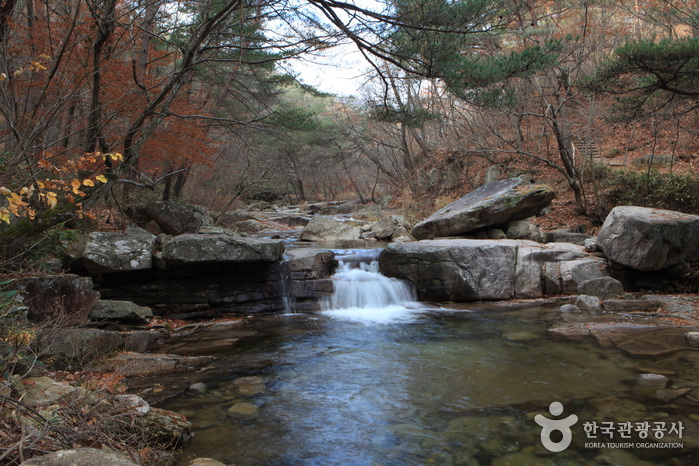
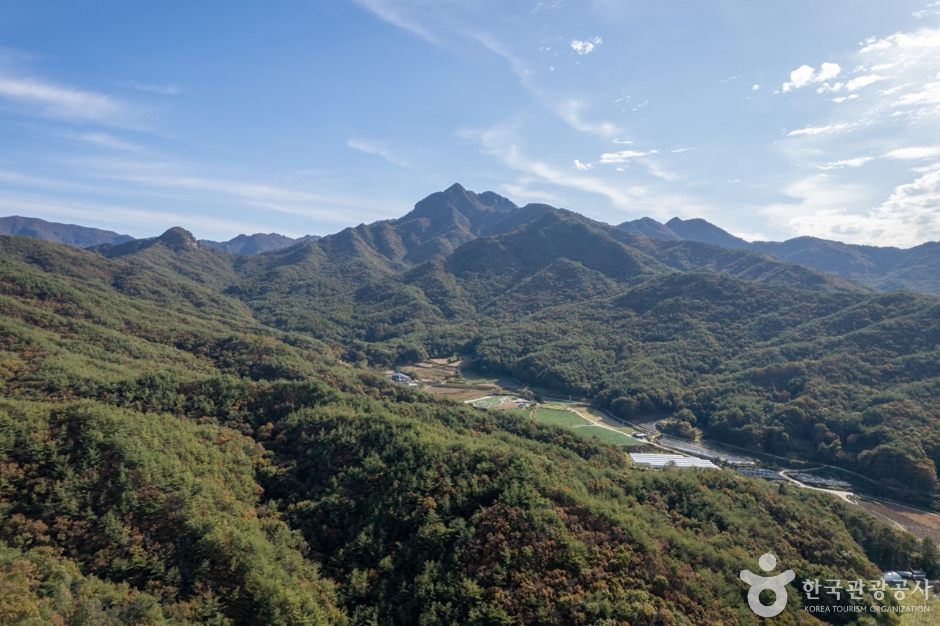

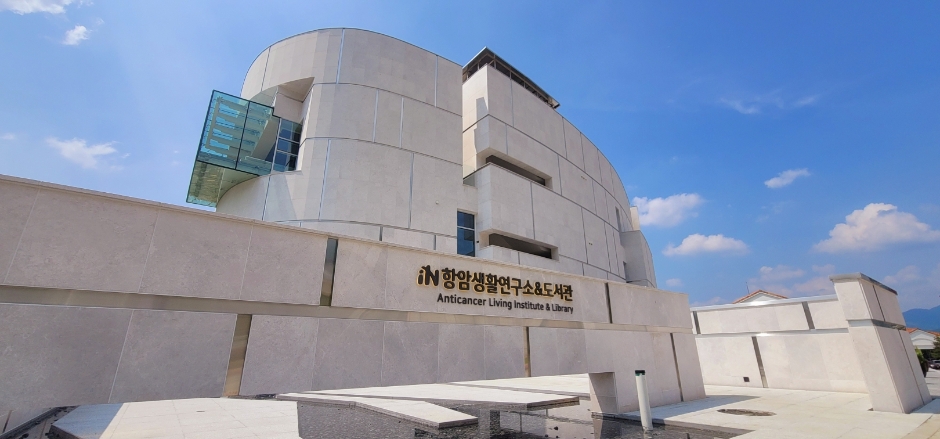
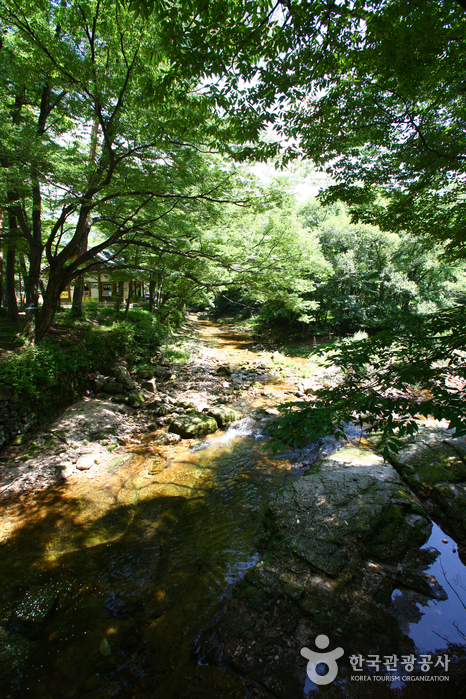
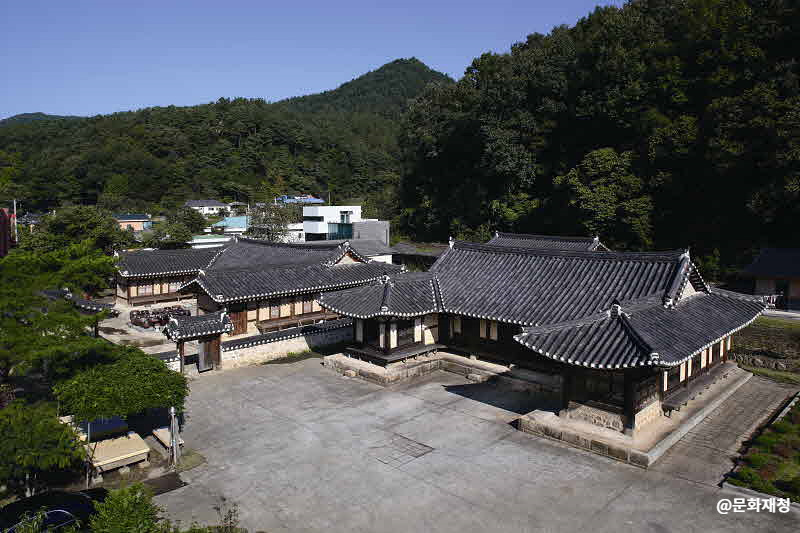
 English
English
 한국어
한국어 日本語
日本語 中文(简体)
中文(简体) Deutsch
Deutsch Français
Français Español
Español Русский
Русский